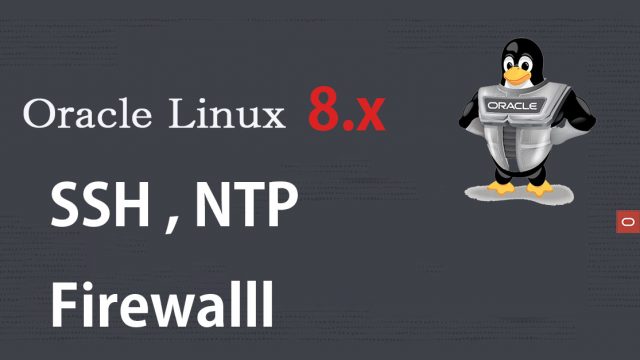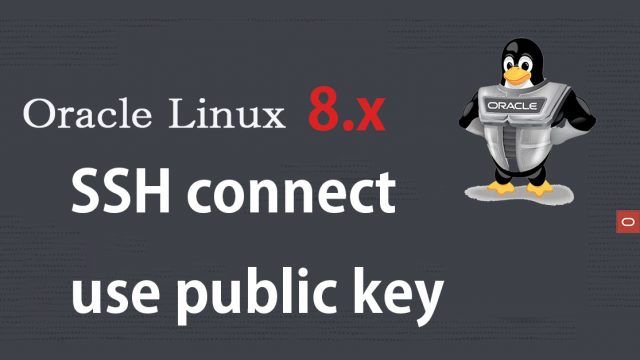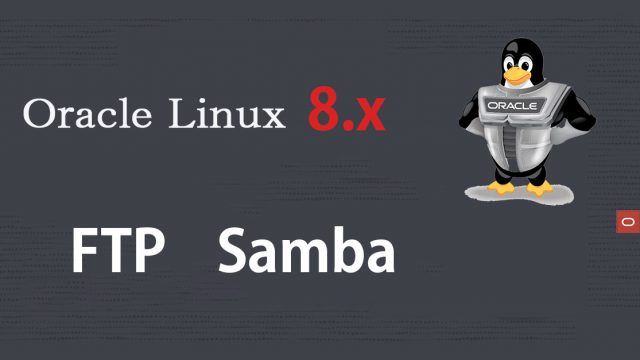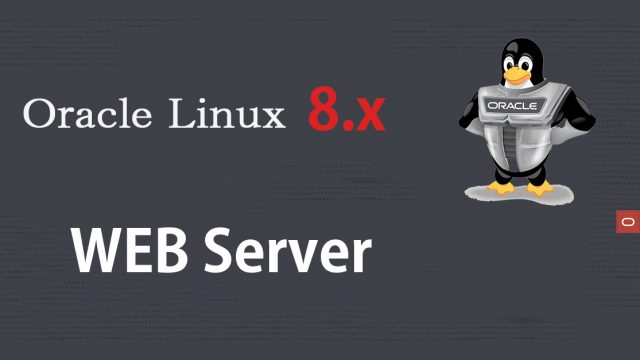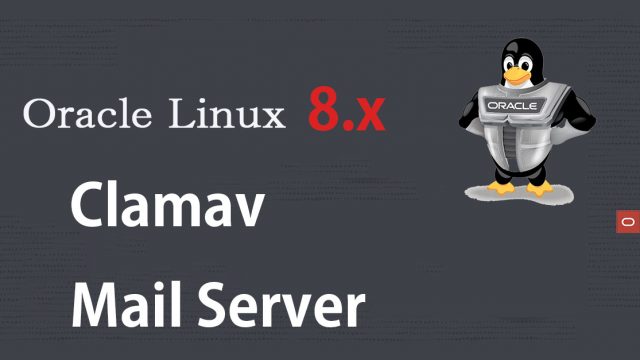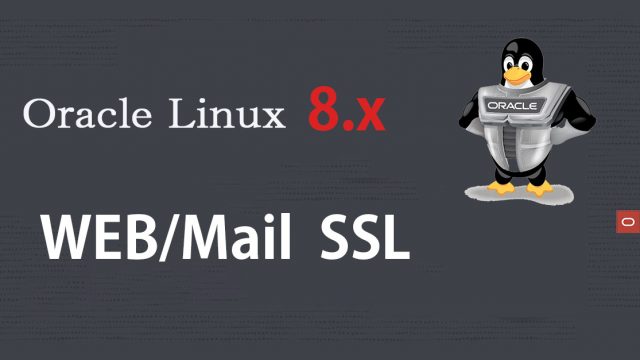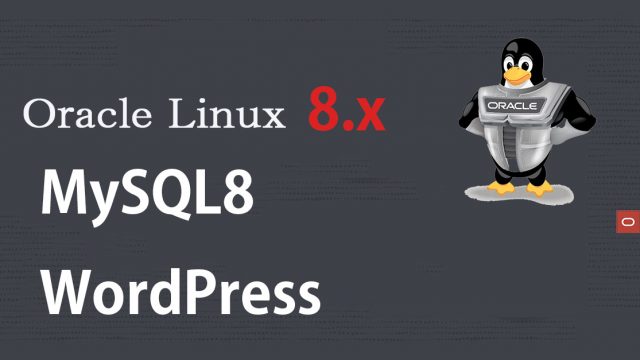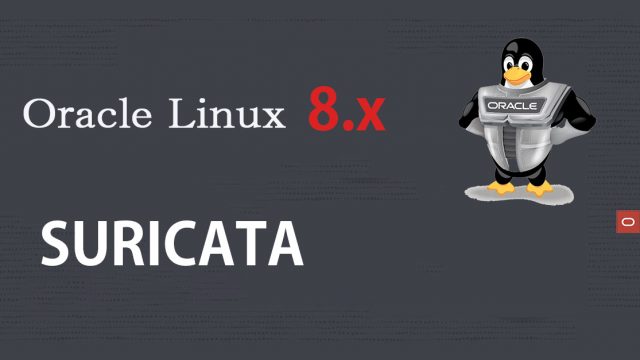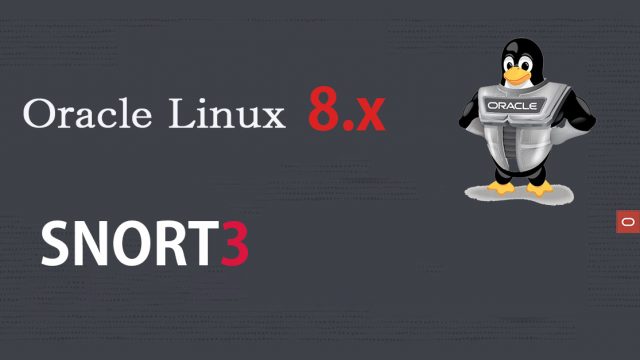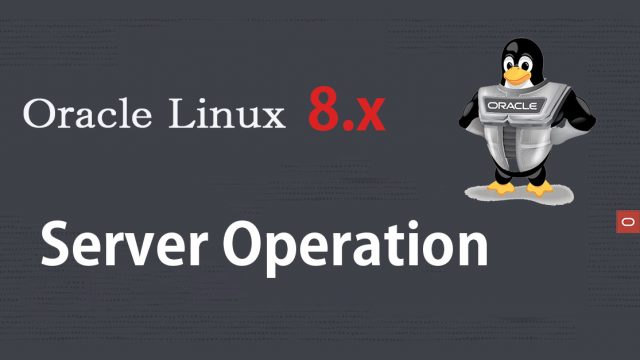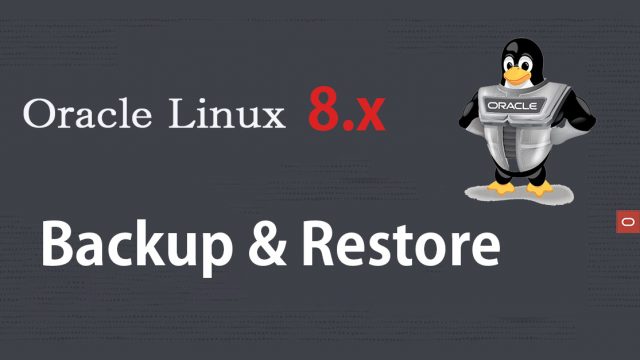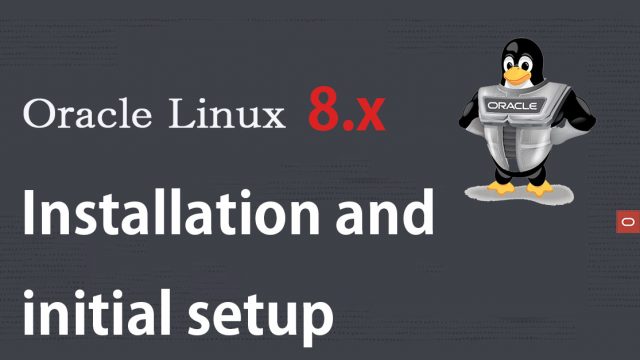 OracleLinux8.10_en
OracleLinux8.10_en OracleLinux8.10 : OS Install & Initial settings
OracleLinux8.10 InstallOracle Linux provides a 100% application binary compatible alternative to Red Hat Enterprise Linux and CentOS Linux for both hybrid and multi-cloud environments.Since 2006, Oracle Linux has been completely free to download and use. Source code, binaries and updates are provided free of charge. It is freely redistributable. Free for use in production environments.We will proceed with the latest updated Oracle Linux 8.10 (released August 29, 2024) with Vo.8.Oracle Linux 8.10 installation image (OracleLinux-R8-U10-x86_64-dvd.iso ) can be downloaded from the following sitehttps://www.oracle.com/linux/The installation process is the same as for OracleLinux8.8, so please refer to the following page.

